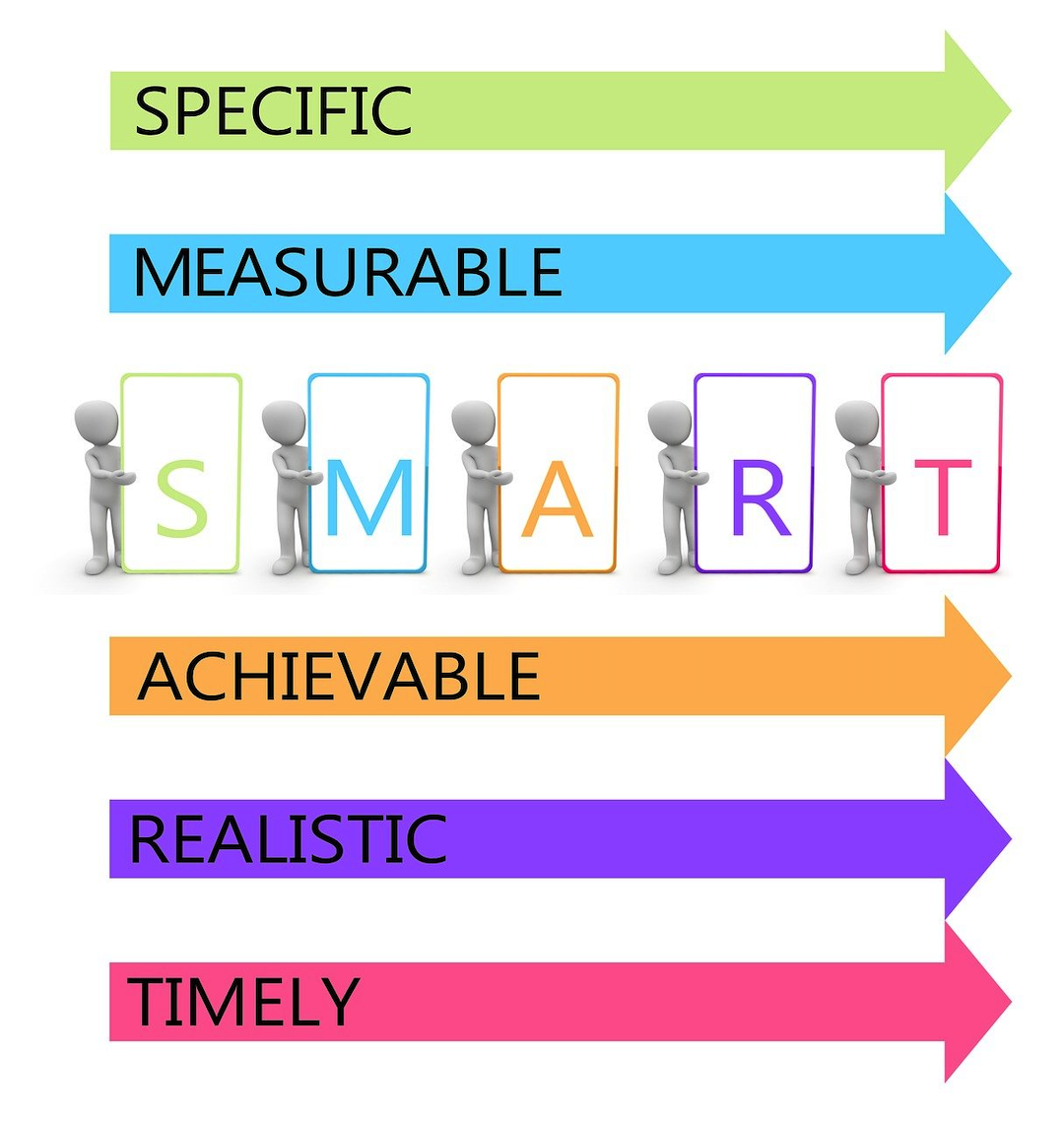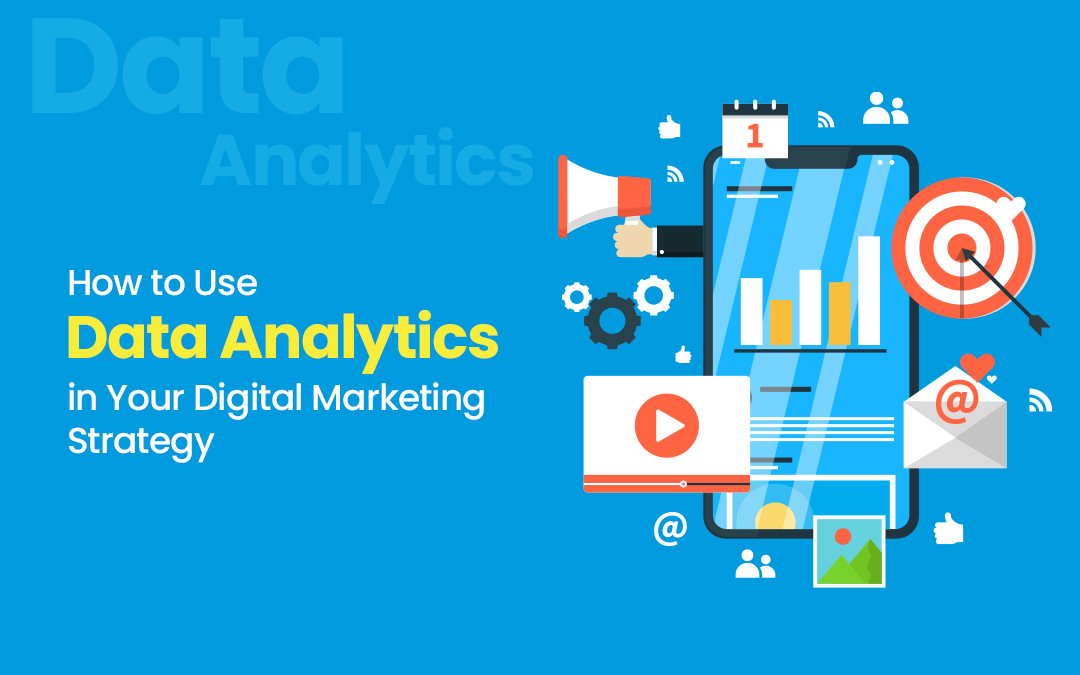
Creating a strategic marketing plan for a small business is not as easy as it seems.
You need to conduct thorough research and gain a deep understanding of your own goals, your target audience, and the market. It’s also important to know what your competitors are doing to determine what you can do to gain an advantage.
Creating a strategic marketing plan for a small business is hard work. But if you do it right, it will pay off and help you achieve your marketing goals.
In this post, we have created a step-by-step guide on how to create a winning strategic marketing plan for your small business.
Follow this guide and lead your small business toward future success and growth.
Ready to learn more?
Let’s get started.
6 Steps to Create a Strategic Marketing Plan for Your Small Business
Here are the six steps to creating a successful strategic marketing plan for your small business.
1. Set Measurable Goals
Defining your marketing goals is the first step toward making a strategic marketing plan for a small business.
Do you want to generate leads or drive conversions? Do you want to reach more people and let them know about your products?
Understanding what you want to achieve helps you set a clear direction and organize things. This, in turn, will save your small business a lot of time, effort, and money in the long run.
Here are some tips to define your goals:
- Set specific goals of achieving a set target within a set duration of time instead of using vague, generic language
- Make sure that your goals are realistic and can be achieved in the specified time
- Identify KPIs that can be used to measure your progress in achieving your goals
Here’s a framework that you can use to set SMART goals.

2. Conduct Audience and Competitor Research
Once you understand your goals, you need to understand your audience and market to assess how easy or difficult it is to achieve them. According to the SmallBusiness HQ rental business ideas guide, marketing research is necessary to understand the market's real-time conditions.
And that’s the next step in this guide on creating a strategic marketing plan for a small business. Conduct thorough audience research and create buyer personas to understand your target audience and their needs and preferences. Then, use social media analytics and listening tools to do this and then reach your target audience effectively.
If you use any CRM tools, you can also get customer data and insights from that.
Next, study your competitors and analyze their marketing strategies to take inspiration for your strategic plan.
Once you have a clear understanding of your target audience and your competitors' activities, proceed to the next step.

3. Choose the Right Marketing Tactics
When making a strategic marketing plan for your small business, you must choose the right marketing tactics based on the information collected in the first two steps.
You can’t afford to make mistakes or invest in strategies that won’t pay off. Instead, first opt for more cost-effective tactics like social media and email marketing.
Invest in advertising only if it helps you achieve a specific goal and keep your budget in check. Social media advertising costs are comparatively lower than traditional advertising so you can choose that.
As recommended in the Attrock small business marketing tips guide, a mix of marketing tactics, including marketing webinars and conferences, that work in conjunction to help you attract, engage, and convert prospects.
4. Select Content Types, Platforms, and Other Details
This is the time to get into the details of your small business's strategic marketing plan. You have a broad understanding of what your plan campaign should achieve and how.
Now, you must figure out the small details, like your content mix and delivery timelines. Break down your campaign into small tasks and define precisely what needs to be done.
Also, select the platforms you would run your marketing campaign to reach your target audience. If you want to run a cross-channel marketing campaign, you can choose multiple channels.
At this stage, it would help to create an editorial calendar to detail every small task. You can create a template manually in Excel or use a free template.

You should have a clear plan and set of tasks you need to accomplish within set timelines. If all this seems a bit overwhelming, hire a professional agency that can create a detailed strategic marketing plan for your small business and execute it.
5. Set a Budget and Allocate Resources
You can allocate a budget and resources to each once you have broken down your entire campaign into smaller tasks and modules.
Who will complete which task, and how much should it cost?
Set an overall budget and then allocate parts of it to each module.
For example, you can set aside a certain amount for influencer marketing to pay influencers and any other costs associated with your influencer campaign.
Also, create a contingency fund to cover unplanned expenditures and keep the project moving.

Make sure that everyone in your team knows who’s accountable for what. This helps keep the process organized and streamlined. Use team collaboration and project management tools to get things done on time.
6. Execute Your Plan and Keep Improving
Once you design a strategic marketing plan for your small business, your marketing job is not done —it is only half done.
You should execute your plan and track performance in real-time or as quickly as possible. Identify what is working and what could be improved or removed altogether.
Continually optimize your strategic marketing plan to make it more efficient. This will save your small business a lot of money and help you devise a winning strategy.
Ready to Create a Strategic Marketing Plan for Your Small Business?
If you ever had any doubts about whether you need a strategic marketing plan for your business, you should remove them now.
Any business needs to have a strategic marketing plan. But it’s especially important for a small business as it helps save a lot of money in the long run.
Hopefully, by now you can start creating a strategic marketing plan for your small business. Use this post as your guide and create a detailed strategic marketing plan that helps your small business grow.
Start by setting your goals and understanding your audience, and then get into the finer details of your strategic marketing plan. Remember to keep improving your plan until it delivers a high ROI. All the best!
Share this post
Leave a comment
All comments are moderated. Spammy and bot submitted comments are deleted. Please submit the comments that are helpful to others, and we'll approve your comments. A comment that includes outbound link will only be approved if the content is relevant to the topic, and has some value to our readers.



Comments (0)
No comment